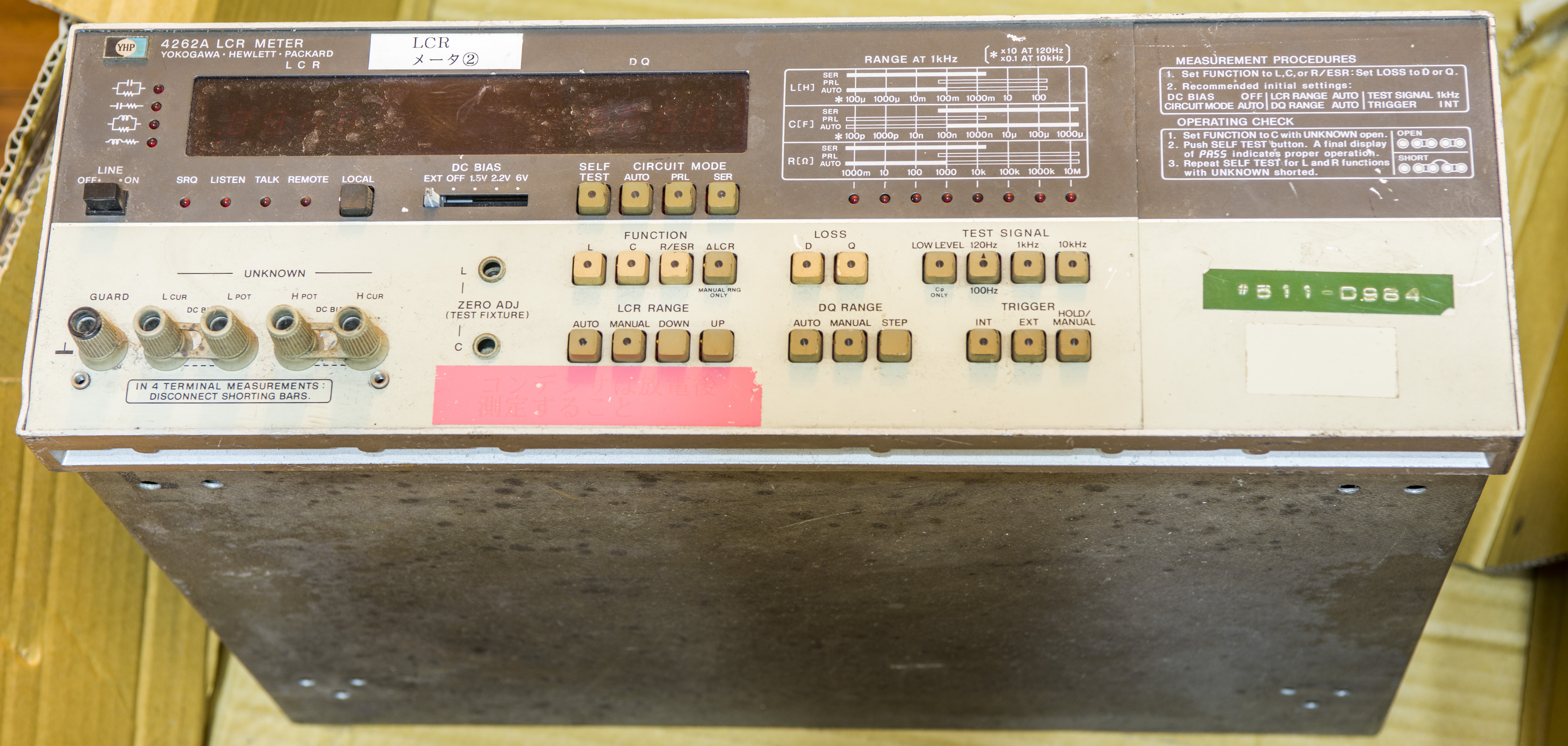Hp 3582a Operator Manual

Download HP 3582A SM service manual & repair info for electronics experts. Adobe Acrobat Printer Driver Windows 8.
I've posted this to other groups looking for help on using the 3582A. Has anyone used the HP 3582A audio spectrum analyzer to plot the freq response of audio devices like mikes, speakers, etc. Knowing the mike response I'd like to see the spectrum of plucked guitar strings and their harmonics and see how different manufacturers sound varies in a plot that can be saved and printed. I got a 3582A at a swap meet, its complex and probably overkill but that's what I have and I am anxious to try it out and would appreciate any tips. I've downloaded the ops manual from the Agilent site but the manual is very terse and assumes that I know a lot that I don't!
I'm quite versed in the use of RF spectrum analyzers but on this one I need some help!Sure would like to talk to someone who is familiar with the 3586A. I've posted this to other groups looking for help on using the 3582A. Has anyone used the HP 3582A audio spectrum analyzer to plot the freq response of audio devices like mikes, speakers, etc. Knowing the mike response I'd like to see the spectrum of plucked guitar strings and their harmonics and see how different manufacturers sound varies in a plot that can be saved and printed. I got a 3582A at a swap meet, its complex and probably overkill but that's what I have and I am anxious to try it out and would appreciate any tips.
I've downloaded the ops manual from the Agilent site but the manual is very terse and assumes that I know a lot that I don't! I'm quite versed in the use of RF spectrum analyzers but on this one I need some help!Sure would like to talk to someone who is familiar with the 3586A. Click to expand.Hank, Does the 3582A have a tracking oscillator output?
That is, does it have an output whose frequency corresponds to the center of the frequency band that is input to the analyzer is currently (at that point in time) responding to? If not, then to see the frequency response of (let's say) a microphone then you're going to have to stimulate the microphone/speaker with some type of broadband noise (e.g., white noise). If so then you can merely drive the sound source (amplifier driving a speaker) with the tracking oscillator and hook the microphone (may need a preamp) to the input of your beautiful new analyzer. The biggest problem you're going to have to somehow come up with an acoustic source that has a know output vs. Frequency (when plotting the mike's response) or know input vs frequency (when plotting your speaker's response). There are calibrated microphones and sound sources available but they're VERY expensive. Click to expand.Hank, The best thing for you to do is to pack it up an send it to me.;-) One of the things that an FFT will give you (as compared with a simple tunable filter) is that it can provide you with amplitude AND phase information for a give complex waveform.
If you're just looking for amplitude response then I'm not sure you need to be concerned with its FFT function. It's also easier, with the FFT, to control the resolution bandwidth (the filter's bandwidth). I think you should should just hook up a microphone (with any necessary preamplification) and play with it.
Sing some notes. Pluck some strings. See what happens.
Then, hook up its random noise source output to an amplifer/speaker and see what you get. You should see the frequency response of the amplifier/speaker/microphone/preamp combination. You'll get the idea. Have fun, Bob. Click to expand.The FFT nature of the beast is there to dramatically speed up the measurements.
The manual points out that it is 100x faster than the 3580A (the predecessor, swept tuned). Driver Hp Scanjet G3010 Xps more. It probably is not overkill for what you want to do (as long as your workbench is strong enough;-) The apparent complexity of being able to select different windows is to allow you to optimise response depending on what you are doing. For example, set the output to the 'periodic' signal, loop it to the input and compare results with the different windows.
If you also try random noise, you will note how much slower the response 'stabilises' compared with periodic noise/uniform window. Regards Ian (I first had that box demo'd to me in the 1970's!).
Sponsored Links Please select your desired model below. We have 499 HP Agilent Diagrams, Schematics or Service Manuals to choose from, all free to download! Disclaimer Brand names and product names are the property of their respective owners. This Website contains a compilation of information already available elsewhere on the internet and therefore considered to be in the public domain. Deadlands Hell On Earth Core Pdf Printer. We make every effort to ensure the information contained here is as accurate as possible, but we will not be responsible for any errors or omissions, or anything resulting thereof. All information on this website is supplied free of charge, in good faith and without warranty.